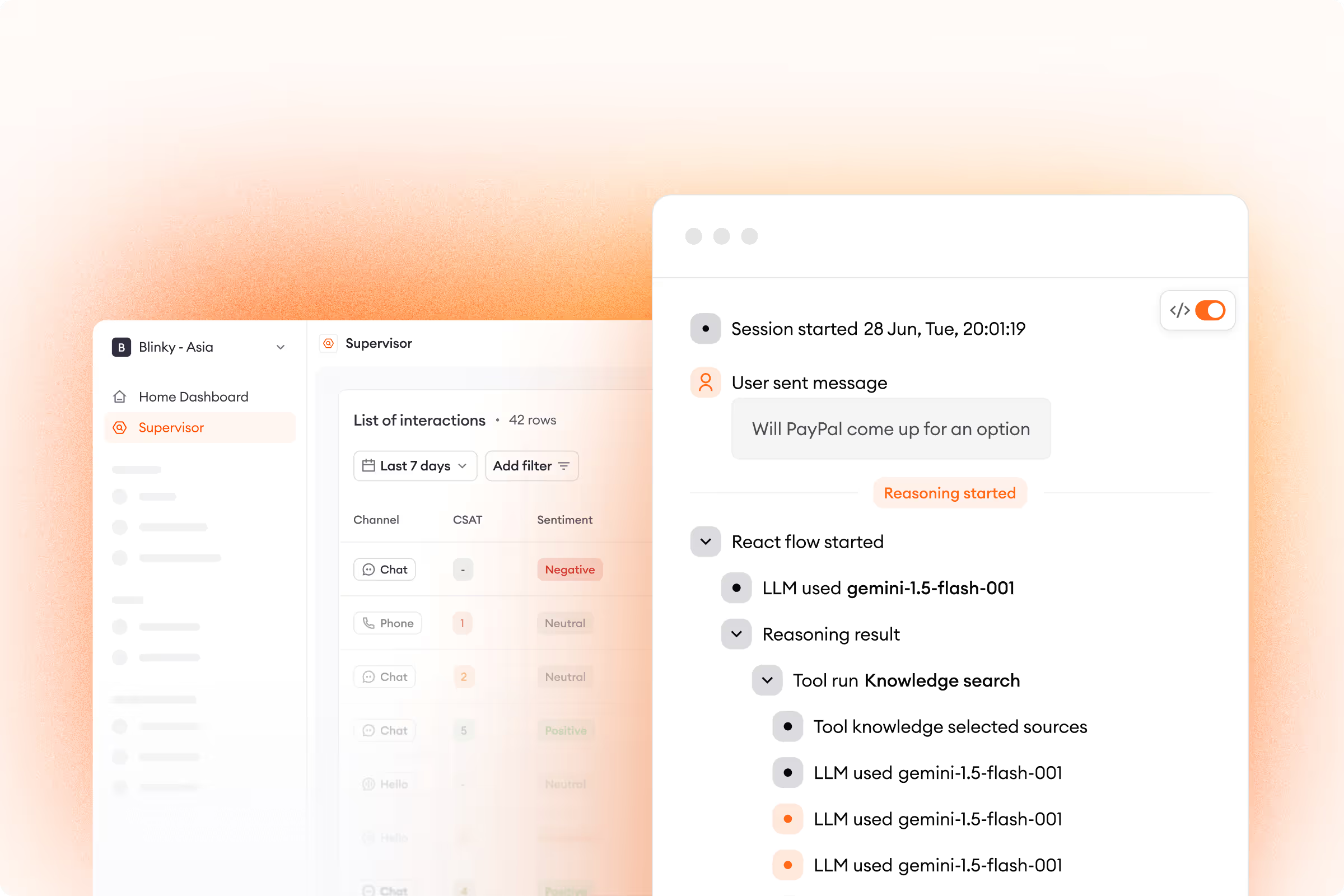Consumer behavior is constantly changing – that’s old news. Rain or shine, online or offline, shoppers are impulsive and unpredictable.
Still, the main challenge is often the same. Brands have to be ready with exactly the support that their customers need – before the purchasing window closes and the sale doesn’t convert.
For ecommerce businesses, that means omnipresence: letting AI be there when you can’t be.
Low acquisition costs + high conversion rates = out of reach?
It’s a common marketing formula for growing a successful online business: keep customer acquisition costs low and conversion rates high. Easier said than done, maybe, but the strategy has become conventional wisdom in the ecommerce world.
Back when customer acquisition costs were in the single digits, ecommerce brands could pull off this balancing act more easily. But the cost of leads has tripled in less than a decade, and most brands can’t increase their advertising spend without squeezing profit margins or cutting operating costs elsewhere.
When it comes to the second half of the equation, it’s a similar story. Ecommerce businesses are facing a saturated and competitive market. The average time spent on a webpage is dropping every year — it’s currently around 47 seconds. That’s a very short window to make an impression on a prospective customer.
.avif)
Once you’ve done the hard work of grabbing their attention, it’s more important than ever to convert casual shoppers into paying customers. Ecommerce brands have it tougher than many other industries, too – average conversion rates hover around 3% for retail.
Ecommerce’s invisible enemy: customer indecision
All this puts ecommerce businesses in a tricky spot. How do you cut through the noise and keep customers engaged?
Brands are trying every strategy in the book: marketing on social channels, launching new products, selling on third-party ecommerce marketplaces, offering new payment methods, and using customer data for targeting and personalization. Tried-and-true methods like temporary promotions and loyalty programs are still popular, too.
If you’re lucky, these tactics can work. A well-timed promotion or an easier payment method might nudge customers to make an impulse buy.
But encouraging impulsivity is also risky. Shoppers can just as impulsively abandon their purchase and bounce to another app or site. For brands, that risk might mean the difference between growing the business or watching sales slip away due to customer indecision.
Plenty of businesses are floundering in this area. As much as 60% of lost sales aren’t lost to a competitor. Instead, the customer doesn’t make a purchase at all. Most of the time, their reason for abandoning the purchase is simple: shoppers are worried about making the wrong decision.
Part of the problem for shoppers is that there’s a gap between the experience they say they want and what they’re often getting. According to 2023 research by Shopify, consumers want their shopping experience to be simple: personal, instant, and responsive.
On the contrary, they’re dealing with retail sensory overload, decision fatigue, and too much choice. Customers need a confidence boost that they’re making a good decision.
Getting rid of purchase friction
You can’t afford to lose customers to indecision, so you want to have the help they need at precisely the moment they need it in a way that feels personal and familiar to them.
Rather than paying for more leads or pressuring shoppers to make impulse purchases, the answer for ecommerce brands is to deliver the responsive experience that customers actually want. Customers are always online, so brands have to be, too.
Remember that average time spent on a webpage? If you have less than a minute of your customer’s time, you can’t afford to waste it. Making customers wait for a reply to questions – say, about product dimensions or your company’s return policy – is leaving the door wide open to indecision that can drive down sales.
Removing friction between you and your customers gives them the confidence to make a purchase and avoid getting stuck in indecision. The key to ecommerce success today is being omnipresent.
Omnipresence: personal, instant, and responsive
Omnipresence is the next level of customer support. This kind of instantaneous support used to seem impossible and unreasonable – and it probably would be if human agents had to provide it.
However, as customer expectations have evolved, so has their openness to accessing support through other channels.
- Zendesk reports that 91% of customers will use a knowledge base if it meets their needs.
- Hubspot found that 86% of consumers were either interested or open to using AI-based tools.
- And AI doesn’t hurt customer confidence either: 65% of consumers said they still trust businesses that use AI tech, according to Forbes.
That confidence is also backed up on the customer service and business operations side. According to the same research by Hubspot, 71% of business professionals think that AI can help improve customer experience, and Forbes found that 64% of business owners think it improves productivity.
Businesses and customers alike are recognizing that AI can provide the omnipresence that customers want. Being omnipresent also means more than just reacting to questions and removing friction. It can also elevate your customer service and power proactive efforts, like personalized product recommendations.
Omnipresence is a must-have for staying competitive
Omnipresent customer support meets everything that customers want from their shopping experience: personal, instant, and responsive. For now, omnipresence is a serious ecommerce competitive edge, but that’s bound to change, too.
With the growing number of GPTs and other AI tools landing on the market, quality will start to become a factor. Eventually, customers will expect more of omnipresence. That means ecommerce companies that prioritize quality have a chance to get omnipresence right and get ahead of the pack.
It’s worth getting it right, too. Omnipresence for customer support can seamlessly transition towards proactive sales. This can quickly become a new revenue channel for ecommerce brands.
.avif)
Chat commerce is already on the rise, and insiders see the upward trend in chat commerce continuing to grow – global retail spend over chatbots is projected to increase to $72 billion by 2028. That’s a 470% jump in just five years, up from $12 billion in 2023.
The research also predicts that we’ll see major growth in North America and Europe in particular, as shoppers in these areas get more familiar and comfortable with AI-powered tools like ChatGPT.
Go omnipresent without working overtime
Customers clearly want brands to be responsive, and this is one area where ecommerce companies have a lot of control over the customer experience. It’s important to handle each and every inquiry – anything less than 100% responsiveness is a missed opportunity.
Ecommerce companies know that every interaction is an opportunity to build a relationship with your customer. It’s also a chance to capitalize on the purchase window while it’s still open.
That level of responsiveness is pretty much impossible for ecommerce brands to manage manually. Omnipresence really works when AI is on the front lines with instant support and a perfectly timed confidence boost for customers.
Go omnipresent with Zowie Chatbot and Zowie Inbox. Zowie’s all-in-one customer support solution is built for ecommerce, letting you be there for your customers at all times – without working overtime.
.avif)
.avif)
.avif)






